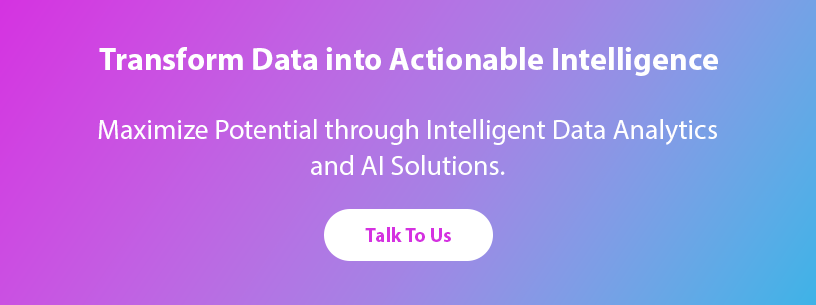The Internet of Things (IoT) is revolutionizing digital infrastructure in enterprises, with billions of devices connecting to the Internet annually. This surge in connected devices generates massive amounts of data, leading to the complexity of managing and analyzing real-time data from diverse sources. Entrepreneurs have recognized the need for a decentralized approach to address the requirements of digital business infrastructure, simplifying the process.
As data volume and velocity increase, there is a growing demand for real-time, efficient processing and communication between distributed endpoints. Research indicates that by 2030, we will have approximately 572 Zettabytes of data, which is ten times the current amount. Many companies are shifting their infrastructure gradually to centralized cloud centres, aiming to reduce time-to-market for new applications and achieve lower total cost of ownership.
However, the sheer volume of data collected at the edge has intensified the need to analyze and filter this data closer to the point of collection. This has given rise to a new technology called “Edge Computing,” which shifts the function of centralized cloud computing to edge devices within networks. Edge Computing complements Cloud Computing, working in tandem to handle the processing and storage of data.
Why do we need edge computing?
Edge Computing is crucial due to its distributed architecture, which moves computing processes away from the cloud and closer to the edge of the network, where end-users are located. The development of IoT applications, such as smart cities, drones, autonomous vehicles, and augmented and virtual reality, has amplified the need for Edge Computing.
To better understand the significance of Edge Computing, let’s consider a few scenarios. In the case of a driverless car, waiting for milliseconds to communicate with a distant data centre to make critical decisions can have disastrous consequences. Similarly, if a heart monitoring system fails to maintain a consistent connection, a patient’s stability could be at risk. Furthermore, in the event of a WAN connection failure at a retail store, the point-of-sale system might be unable to process card transactions. Similarly, if a gas wellhead leaks methane gas and the LTE connection is unavailable, tracking the pollution becomes challenging.
These critical situations emphasize the need for Edge Computing, as it facilitates processing data closer to the source, enabling faster analysis and actionable insights. By reducing the distance between devices and Cloud resources, Edge Computing overcomes latency and bandwidth constraints, resulting in improved performance and reliability of applications and services. Gartner predicts that by 2025, half of the computing services will be located at the edge, necessitating a broader focus on connectivity and telecommunications.
Adopting Edge Computing requires careful consideration and may impact an organization’s existing IT infrastructure, potentially necessitating an overhaul. Before deploying Edge Computing, industry leaders and CIOs should focus on the following five areas:
5 factors to consider before deploying edge computing
Cyber and physical security
Ensuring end-to-end cybersecurity from remote devices to the data centre is vital to protect against cyber-attacks, as data collected near sensors or devices can be vulnerable.
Interoperability between edge deployments
Organizations must ensure compatibility and interoperability between different Edge deployments, synchronizing various devices across network layers. End-to-end solutions from an Edge Computing provider can aid in implementing secure sensor networks, establishing Cloud connections, and managing remote operations.
Support and maintenance
Managing IT infrastructure maintenance becomes challenging with the increase in edge data centres across a wide geographic area. Advanced, automated, and orchestrated management systems are essential to dynamically assign, configure, and monitor resources and software packages.
Network architecture planning
Developing a network architecture and partitioning elements to meet user and application requirements is necessary. Understanding which parts of the system can run in the Cloud and which can be executed at the edge is crucial. Seeking guidance from technology consultants can help improve network architectural models.
Selecting modular components
Different applications require specific hardware components for edge nodes. Installing application-specific hardware components improves interoperability between modular components, enhancing overall system performance.
Conclusion
Deploying Edge Computing can bring significant benefits to businesses, but it requires careful planning and consideration of various factors. Security, interoperability, support and maintenance, network architecture planning, and selecting modular components are the top five factors that need to be considered before taking any decision. By taking these factors into account, organizations can ensure that their Edge Computing infrastructure is reliable, secure, and efficient, ultimately leading to improved performance and reliability of applications and services.
Let Cygnet Digital be your technology partner in growth and innovation. Reach out to us today!












